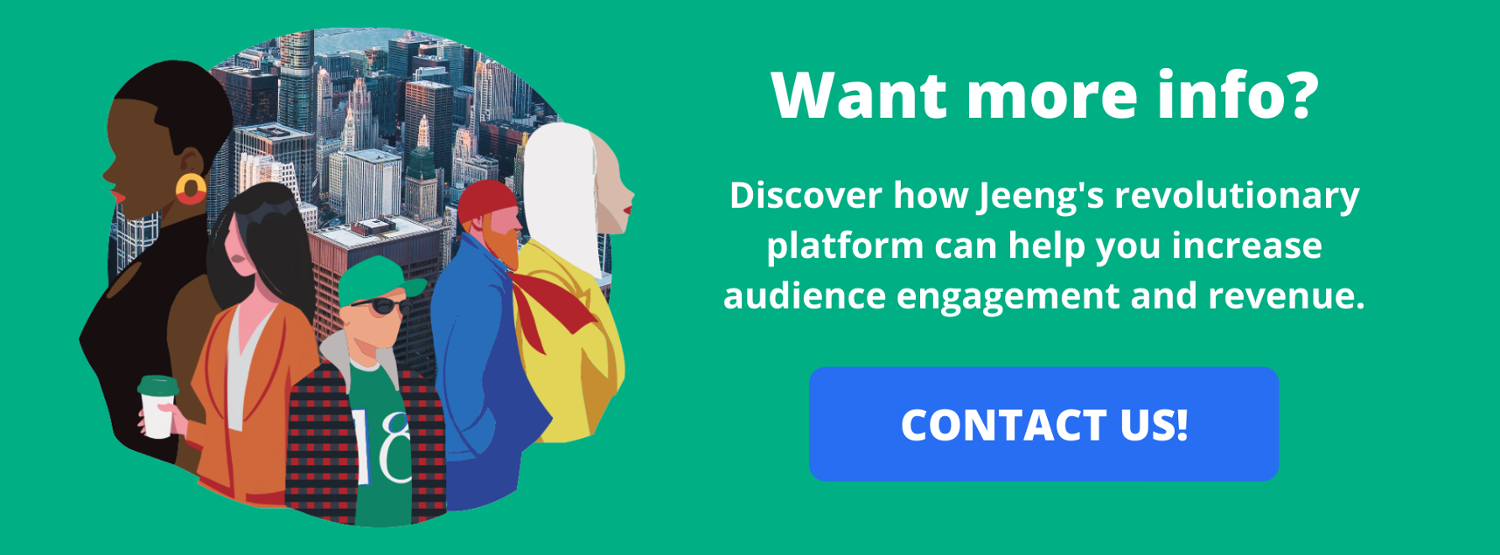Having an audience development strategy might seem like an obvious part of running a successful publication. And in some ways, it is.
Even before the digital age, publishers had to find unique ways to develop their audiences — from selling stacks of magazines at popular watering holes to hiring sidewalk barkers who yell, “Extra! Extra! Read all about it!”
Once we reached the digital age, however, audience development became an even more critical — and therefore formalized — part of building a publication.
Why?
Because many new channels emerged through which to reach readers. And even though social media platforms promised expansive reach, publishers soon learned that driving quick clicks (even in droves) isn’t enough. To really thrive — and even just survive these days — they have to build loyal audiences who return to consume content, subscribe to emails and membership packages, and engage with ads.
With that in mind, let’s look at exactly what audience development is and how to build an audience development strategy that sticks.
What is audience development?
The term “audience development” as we know it today is often traced back to a 2014 Digiday article, which describes how publishers like The New York Times, Time, and Entertainment Weekly were hiring audience development specialists to expand their audiences.
Based on this information, we can see that audience development is the process of engaging and nurturing readers to become loyal, revenue-driving customers who buy subscriptions, purchase products from ads, and return on a consistent basis.
That is, audience development isn’t about building any audience — but one that you can count on to help you achieve your business goals.
Why do you need an audience development strategy?
There are many benefits to building a robust audience development strategy for your publication.
Let’s take a look at some of the biggest ones.
Contribute to your bottom line
Publishers are prioritizing subscriptions in order to drive revenue and make up for lost ad dollars. According to a 2020 report from the Reuters Institute for the Study of Journalism, 50% of leading digital publishers say subscriptions are their main revenue focus. Just look at The New York Times: its digital revenue exceeded print revenue for the first time this year, thanks in large part to a burgeoning base of subscribers.
By building a list of email addresses, publishers can have a stable foundation of revenue to rely on. They can also nurture their audiences by sending opt-in, personalized content to their inboxes. And they can drive further revenue by delivering personalized ads to subscribers based on their interests and behaviors.
So, how do you actually get these subscribers? You carve out an audience development strategy that moves new and returning readers down the funnel until they become paying users who depend on your content.
Gather valuable customer data
Launching an audience development strategy provides a great opportunity to collect more data. After all, every click, conversion, email address, and sale helps you learn more about what your audience wants and how you can deliver it. For example, which verticals drive the most clicks or shares? Which articles do users prefer to read on mobile and tablet? Which ad placements generate the most revenue?
Use data to answer these questions and then build unique audience segments. With those segments, you can then target potential paying customers with personalized content that keeps them coming back for more.
Open a new source of revenue
With an engaged audience to depend on, you can start diversifying your revenue streams and trying out different monetization channels. Emails, for example, can be programmatically filled with high-quality, relevant ads. And push notifications can deliver ads alongside real-time, customized alerts that drive people back to your site for further engagement.
The best part is that these channels are opt-in, so you know you’re getting the most bang for your buck. And you’re only reaching users who are most likely to engage with your content — both paid and organic content.
Even beyond these channels, you can invest in more accurately targeted website ads by gathering data from your audience development strategy. And you can branch out to up-and-coming monetization channels like news reader apps, which are accessed by millions each month and filled with fun ad formats to try.
Building an audience development strategy
There’s one channel that is at the center of a successful audience development strategy. It can help publishers drive subscriptions, gather valuable data, diversify ad revenue, and nurture direct relationships.
With a list of email addresses, you have the power to deliver personalized content at scale and sell high-quality inventory to advertisers.
Here are some of the most important ways you can use email to build a successful audience development strategy:
- Take advantage of the direct-to-consumer element. Build relationships on a one-to-one basis with your audience, and stop being at the mercy of third-party algorithms, like on social media or search.
- Use first-party data the email address provides as a unique identifier. As the third-party cookie gets phased out across Internet browsers, publishers will need to collect first-party data from their customers. This data will be crucial for delivering relevant content and selling targeted inventory to advertising partners. And the email address can be the unique identifier that lets you easily gather and track this information.
- Personalize content and ads to your audience. Publishers can invite readers to sign up for different types of email content and at different frequencies. Even within each subscriber pool, they can further personalize emails and ads to reach different audience segments based on their unique engagement patterns, behaviors, and demographic features.
Check out this video I made where I discuss why email is so important:
Audience development done right
Built exclusively for publishers, Jeeng helps you deliver multichannel campaigns that engage readers and drive results. Whether you want to reach audiences via email, web, push notifications, or news readers, we have the tools to make it happen. Because we know that — above all — audience development is critical to meeting your bottom line and thriving in an unpredictable market.
With a loyal audience ready to engage with your content, you can embrace new and exciting opportunities for drumming up engagement, monetization, and, of course, revenue.
Ready to supercharge your audience development strategy? Contact us to learn more.




